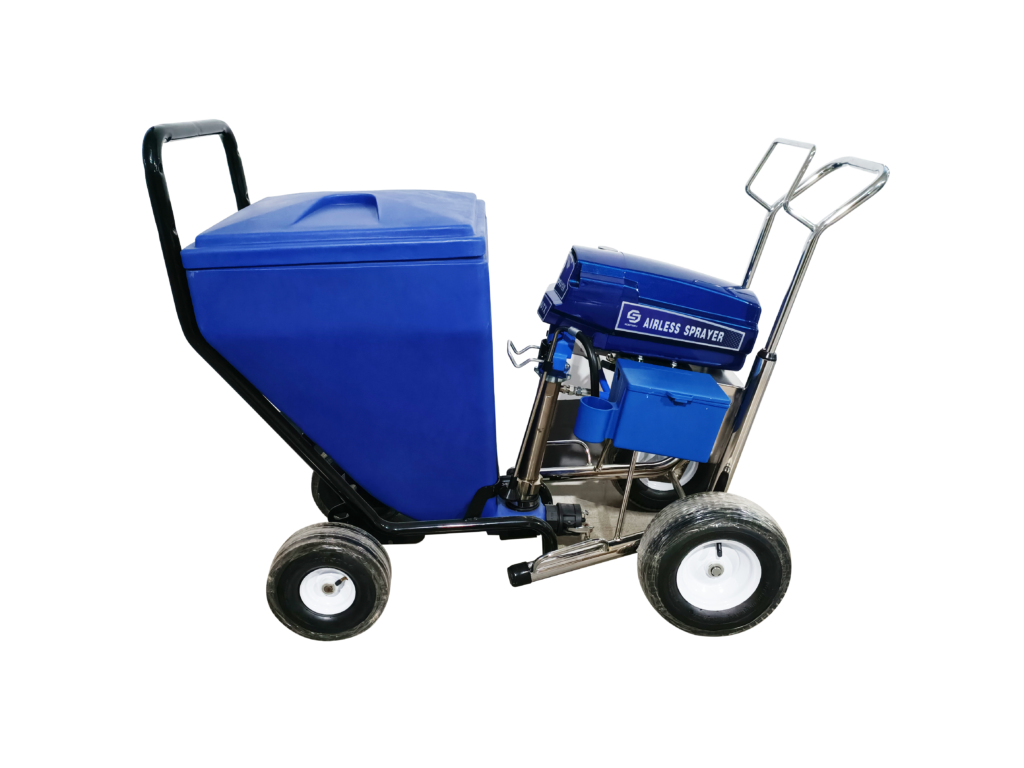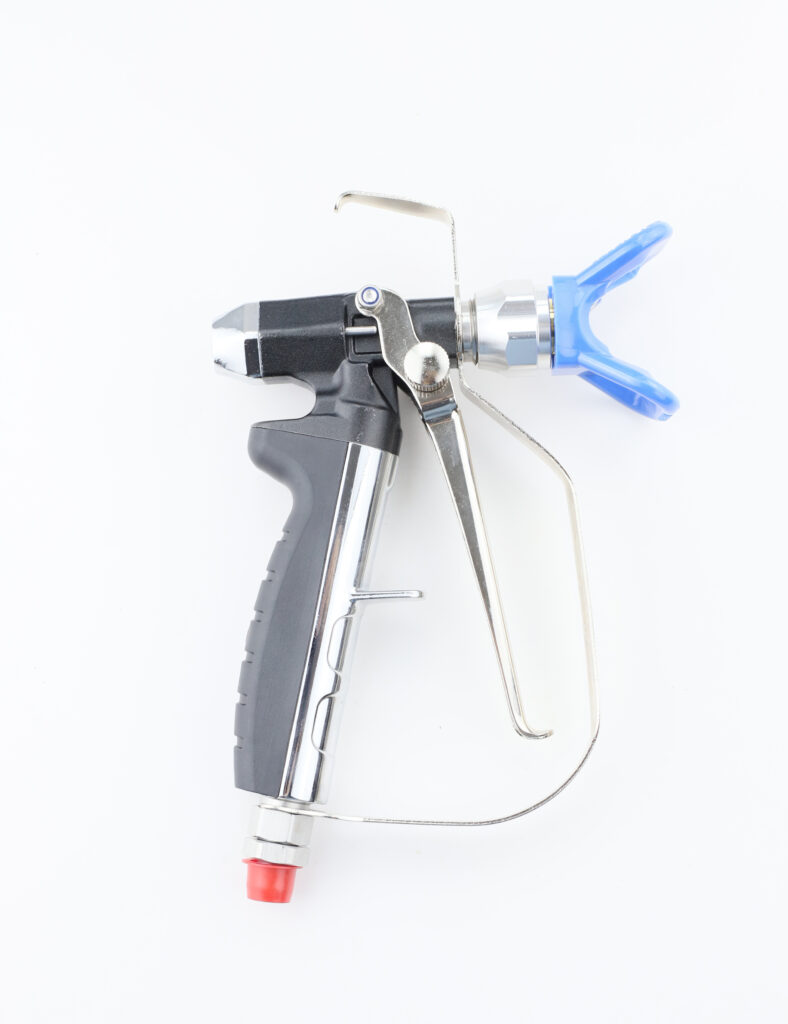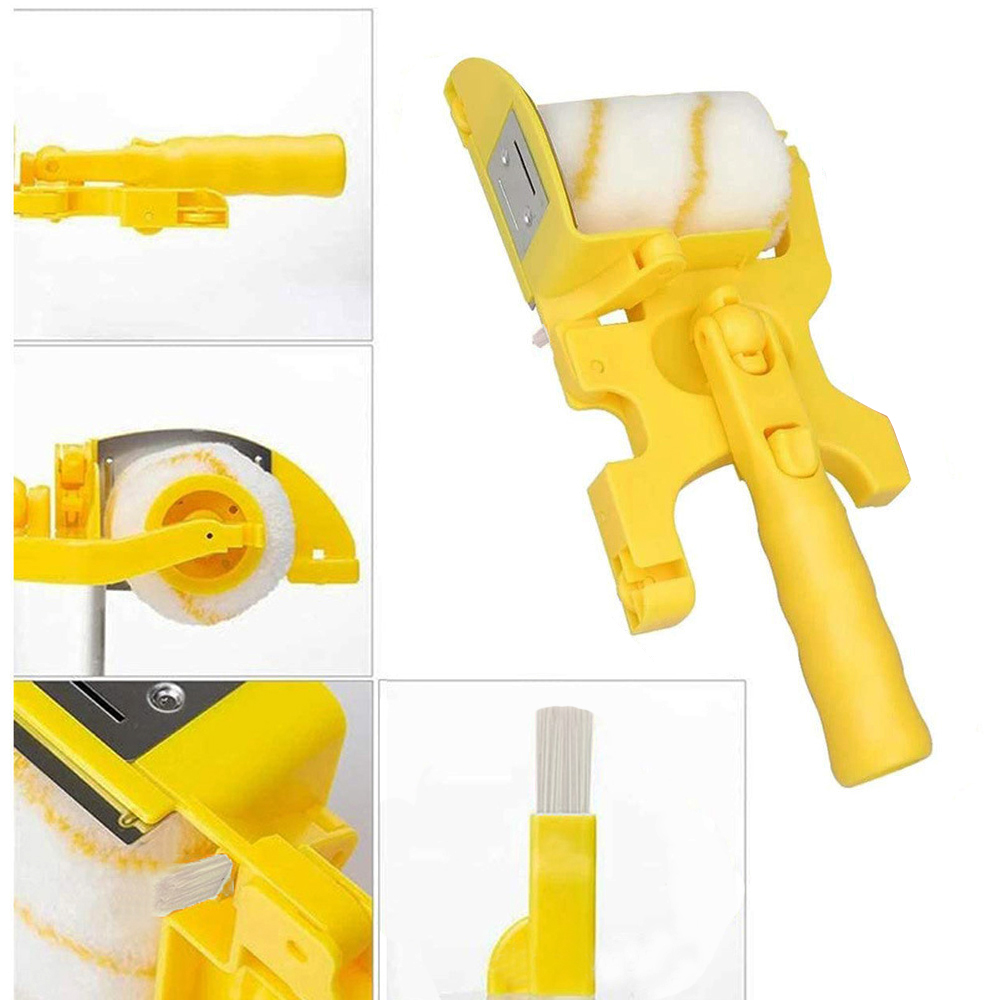Overspray is a common and annoying phenomenon in many coating processes. It not only causes material waste but also affects the quality of the painting and increases the difficulty of cleanup. Solving the problem of overspray during painting requires addressing several aspects, including equipment settings, operating techniques, material selection, and environmental control. Here are some specific solutions:

1. Adjust Spray Gun Settings
Spray Gun Pressure
Excessive spray gun pressure can cause the material to be overly accelerated, leading to overspray. It is recommended to adjust the spray gun pressure according to the viscosity of the material and the spraying requirements. Generally, lower pressure can reduce overspray, but there must be enough pressure to ensure a good spray effect.
Nozzle Type and Size
Choosing the right nozzle type and size is also important. A smaller nozzle opening can reduce the output speed of the material, thereby reducing the possibility of overspray. Different types of nozzles (such as fan nozzles, round nozzles) are suitable for different spraying applications. Selecting the correct nozzle can significantly improve the spraying quality. When using a China airless paint sprayer, ensure you have the correct nozzle to match your spraying requirements.

2. Optimize Operating Techniques
Spraying Angle
The spraying angle is crucial for controlling overspray. It is generally recommended to maintain the spraying angle at around 90 degrees to ensure the material adheres evenly to the surface. If the spraying angle is too large or too small, it will increase the risk of overspray.
Movement Speed
The movement speed during spraying should be uniform and moderate. If the movement speed is too fast, it will cause uneven coating, increasing the possibility of overspray; if the movement speed is too slow, it may cause excessive material buildup, also leading to overspray.

3. Select Appropriate Materials
Material Viscosity
The viscosity of the material has a direct impact on the spraying effect. Materials with too low viscosity are more prone to overspray, while materials with too high viscosity may cause the spray gun to clog. It is recommended to choose materials with suitable viscosity according to the specific spraying process requirements and to use appropriate thinners when necessary.
Material Type
Different types of spray materials (such as paint, varnish, coatings, etc.) have different spraying characteristics. Understanding and choosing the right type of material can effectively reduce the phenomenon of overspray. When using Graco airless sprayer parts or Graco pump repair parts, ensure they are compatible with the chosen material for optimal performance.
4. Control the Spraying Environment
Temperature and Humidity
Environmental temperature and humidity have a significant impact on the spraying effect. High temperatures can cause the material to dry quickly, increasing the possibility of overspray; high humidity can affect the adhesion of the material, leading to uneven coating. It is recommended to adjust the environmental temperature and humidity before spraying to ensure optimal conditions for the spraying operation.
Cleaning and Maintenance
Regular cleaning and maintenance of spraying equipment can reduce overspray issues. If parts such as the spray gun and nozzle are not cleaned for a long time, material buildup will occur, affecting the spraying effect and increasing the possibility of overspray. It is recommended to clean and inspect the equipment after each spraying operation to ensure it is in good condition. Using China made Graco pump parts and SCENTURY Airless paint sprayer can also help maintain consistent performance with regular maintenance.

Conclusion
The problem of overspray during painting can be controlled and solved through various methods. By properly adjusting spray gun settings, optimizing operating techniques, selecting suitable materials, and controlling the spraying environment, overspray can be effectively reduced, and the quality of the painting can be improved. Additionally, regular cleaning and maintenance of equipment are essential measures to ensure good spraying results. By comprehensively applying these methods, the issue of overspray in the spraying process can be significantly improved, achieving better spraying effects.
